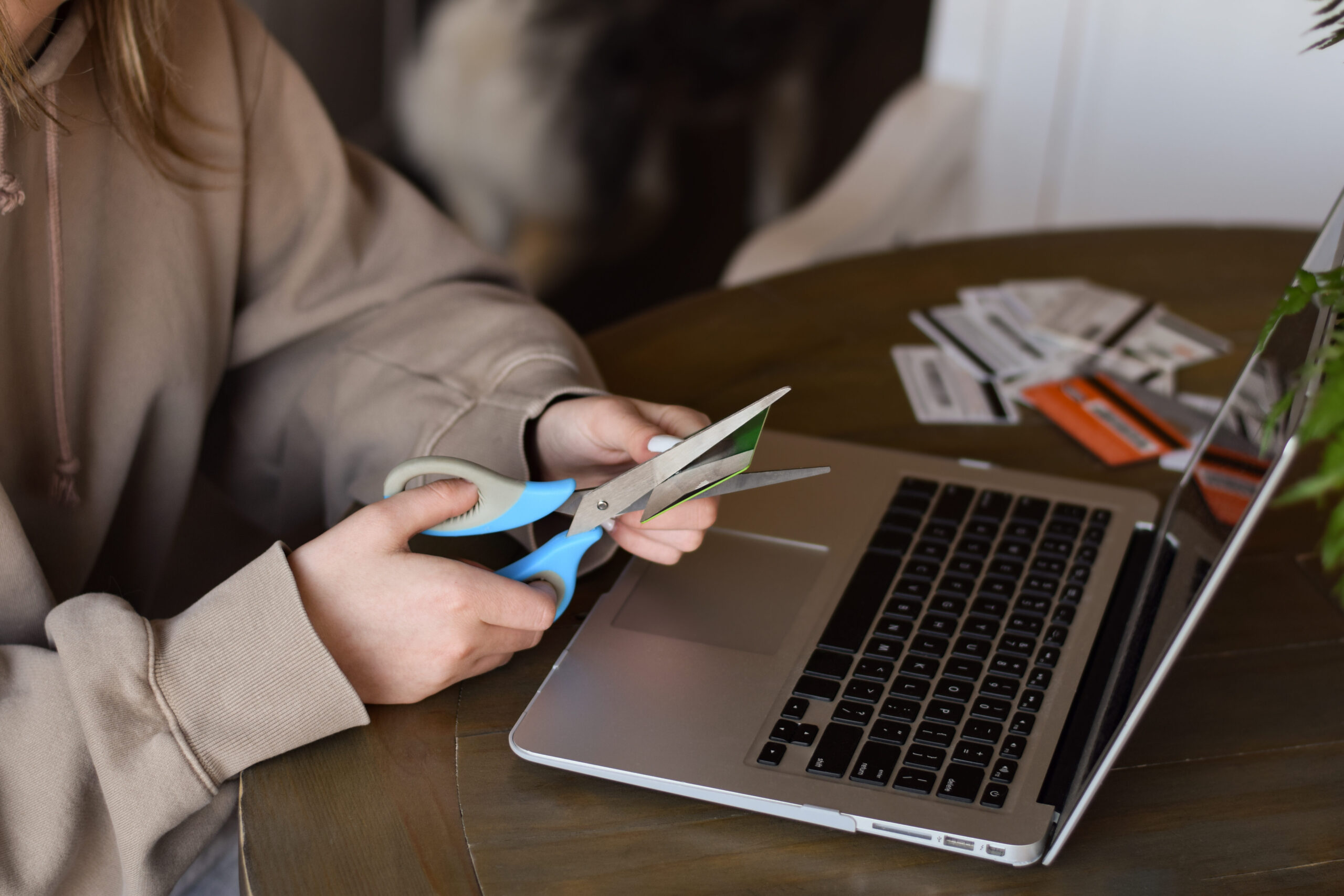No-buy challenges are taking over TikTok, Instagram, and money blogs—but are they realistic or just another guilt-filled trend? Learn how to do a no-buy month (or year) your way—and actually save money without hating the process.
What Is a No-Buy Challenge?
A no-buy challenge is a personal pledge to stop spending on nonessential items for a set period of time. The idea is simple: cut out impulse purchases, break unhealthy shopping habits, and become more mindful about money. For some people, that means a full stop on all extras. For others, it’s about redefining what “essential” really means.
There’s no one-size-fits-all version. Some people do a 30-day no-buy sprint. Others commit to a whole year with specific exceptions. You can tailor it to your needs—like “no new clothes” or “no coffee shop drinks”—and track your progress to stay motivated.
At its core, a no-buy challenge isn’t about punishment. It’s about pressing pause, reassessing your habits, and figuring out what spending actually adds value to your life—and what doesn’t.
Why It’s Trending Now
In a world of one-click orders and social media-driven shopping, it’s easy to buy things you don’t actually need—or even really want. The rise of no-buy challenges is a direct response to that. People are tired of clutter, tired of debt, and tired of buying things to fill a gap that money was never meant to fix.
No-buy challenges also hit a nerve in today’s economy. With inflation still driving up everyday costs, more people are looking for ways to tighten their budgets and refocus on essentials. A no-buy month can serve as a financial reset—especially if your credit card balance has been creeping up or your savings account has taken a hit.
And thanks to online communities, it’s easier than ever to join a challenge, share wins and struggles, and stay accountable. TikTok creators like @theorganizedmoney and Reddit forums like r/Frugal or r/NoBuy2025 are full of real people trying—and succeeding—at no-spend goals.
What Counts as a “No-Buy”?
That depends on you. A no-buy challenge doesn’t mean living off beans and rice for 30 days or refusing to buy shampoo when you run out. It just means you define your wants vs. needs, then draw the line.
Most no-buy participants continue spending on:
Groceries and household staples
Gas or transportation
Rent, bills, and loan payments
Medical or emergency needs
But they pause or cut back on:
New clothes, shoes, or accessories
Beauty products (unless replacing something essential)
Takeout and delivery
Books, home décor, gadgets, or hobby supplies
Impulse purchases from social media or “just browsing” sessions
Some people allow small treats, like a weekly coffee or streaming subscription. Others go strict. The goal isn’t to follow someone else’s rules—it’s to figure out what you need, what you don’t, and what you’re spending out of boredom or habit.
How to Start a No-Buy Challenge That Works for You
You don’t need a fancy planner or a spreadsheet to begin—just a little intention and honesty.
Start by deciding how long your challenge will last. A weekend, a week, or 30 days is a great place to start. If you’re feeling ambitious, aim for a quarter or a full year, but build in flexibility. Life happens, and the goal is progress—not perfection.
Next, write down your rules. Be specific about what you’re avoiding, what’s allowed, and what counts as a necessary expense. If you know food delivery is your weakness, plan ahead with easy freezer meals or a friend to text when you want to cave.
Create a “wish list” document or notes page where you log things you would have bought. Sometimes, just writing it down is enough to satisfy the urge—and you’ll probably find that you don’t even want half those items later.
Track your wins. You can jot down how much you saved, what habits you noticed, or what you did instead of shopping. Celebrate small milestones, like your first no-buy week or resisting a sale email.
And if you mess up? Keep going. One slip doesn’t cancel the challenge. It just shows you where the habit still has a grip—and that’s exactly what this is about.
The Unexpected Benefits (Beyond Saving Money)
Yes, no-buy challenges can help you save money. But they also come with some surprising side effects—like less clutter, more free time, and clearer priorities.
You may notice that you stop reaching for your phone to fill downtime, or that your home feels calmer with fewer new things coming in. You might get more creative with what you already own—rediscovering clothes, books, or hobby gear you forgot about.
Some people find that a no-buy month brings up emotional patterns. Shopping out of boredom, stress, or comparison becomes obvious when you’re not allowed to hit “Buy Now.” That awareness can be uncomfortable—but it’s also powerful.
And when you do start spending again, you’re likely to do it with more intention. You’ll know what purchases actually matter to you—and which ones are just background noise.
When It Might Not Be the Right Time
While a no-buy challenge can be helpful, it’s not for everyone at every stage. If you’re already deep in survival mode—barely covering rent or food—a no-buy month might feel more punishing than empowering. In that case, focus on building stability first, not restriction.
It’s also not ideal if you’re prone to guilt spirals or black-and-white thinking. If you know that one slip-up will make you throw in the towel, reframe it as a “low-buy” instead. Give yourself some breathing room while still being mindful.
Mental health and money are deeply connected. If shopping gives you a sense of control or comfort during high-stress periods, a no-buy challenge might need to wait—or be adapted with support.
Final Thoughts: Buy Less, Live More
No-buy challenges aren’t about deprivation. They’re about discovering what really adds value to your life—and cutting out what doesn’t. They’re a chance to reset your habits, reconnect with your goals, and rebuild your budget on your own terms.
You don’t have to be perfect. You don’t have to commit forever. But one intentional month can change the way you spend—and save—for good.
Sources
Reddit – r/NoBuy2025
TikTok – @theorganizedmoney
The Financial Diet – No-Buy Challenge Guide
Psychology Today – Why We Shop When We’re Stressed
NerdWallet – How to Start a No-Spend Challenge




